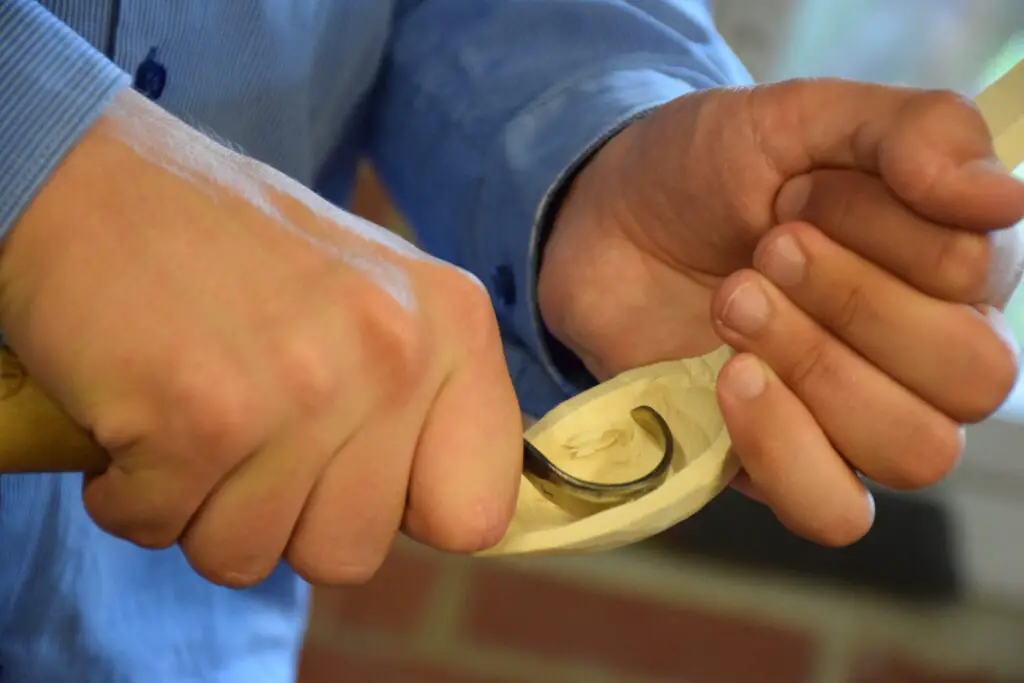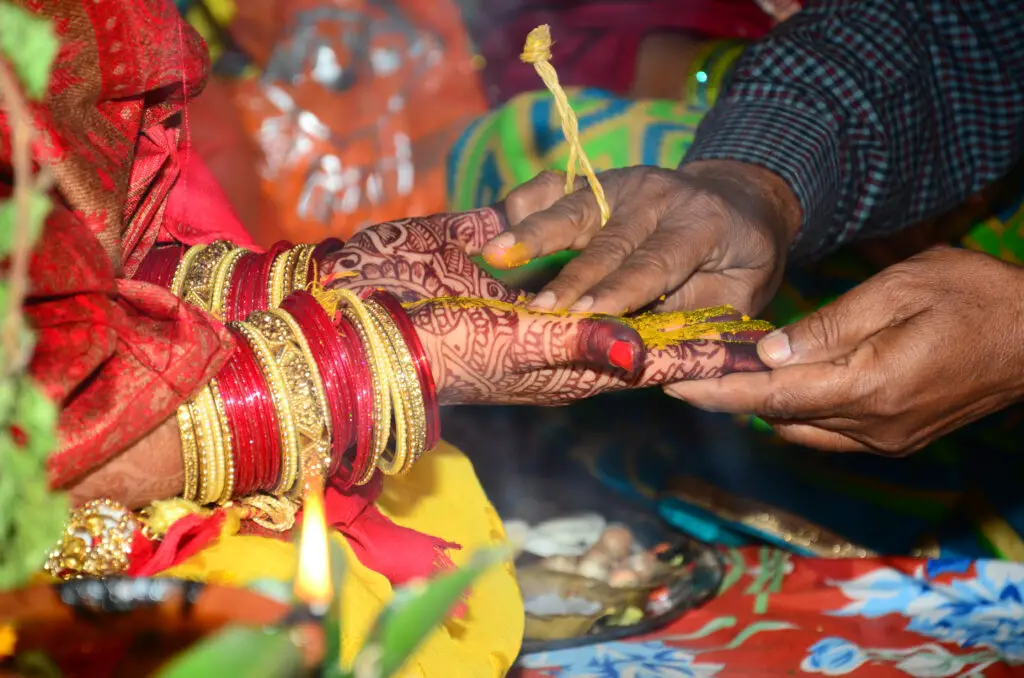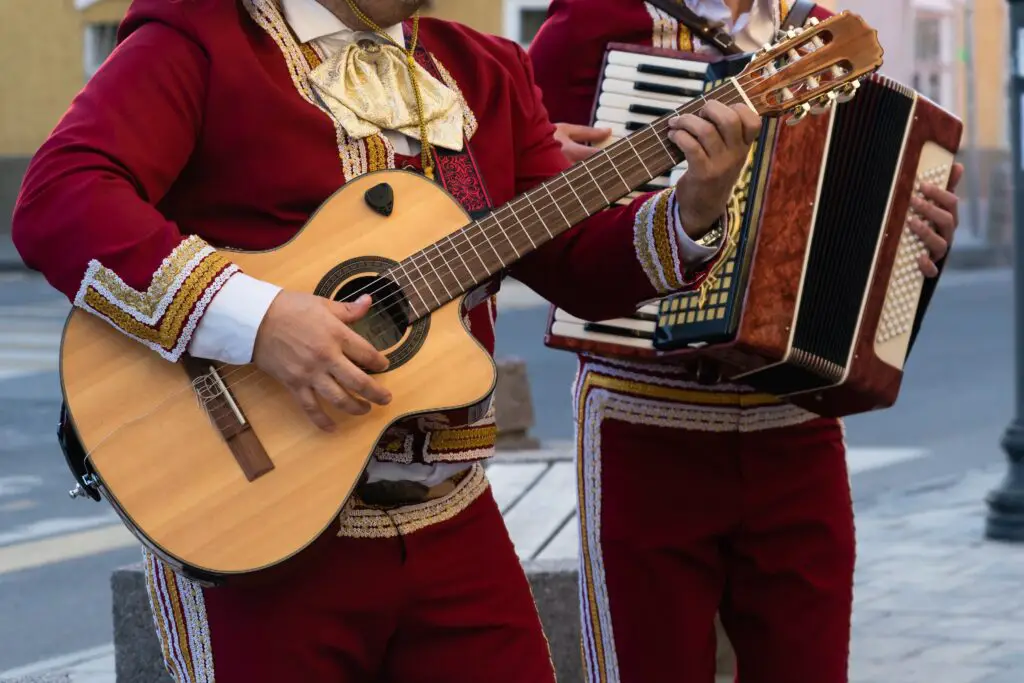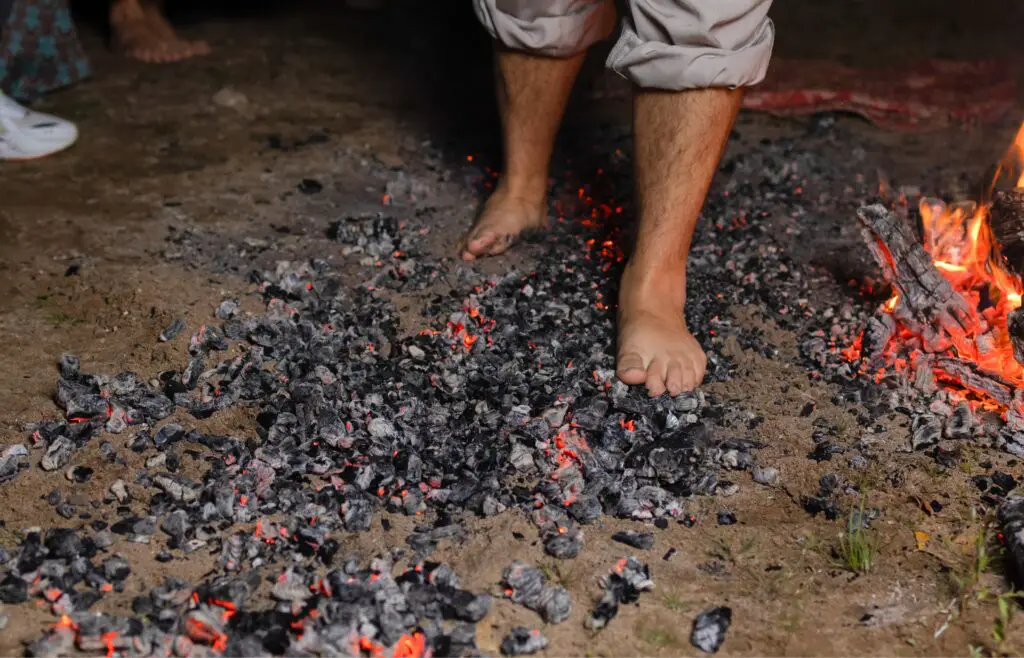1. Public Tooth Brushing in China

In China, some couples take intimacy to another level—by brushing each other’s teeth. It’s not just playful; it’s considered a genuine act of love and care. To them, it shows deep trust and a willingness to be vulnerable in front of each other, even in such a personal, not-so-glamorous moment. You might see a couple at home—or even in a hotel bathroom—giggling as one brushes the other’s teeth without a hint of irony shares Reddit.
To Americans, that probably triggers an instant “ick” reaction. Tooth brushing is usually something we do in solitude, or at least not something we’d want our partner doing for us. But in parts of China, it’s seen as thoughtful, even romantic. It’s their version of saying, “I’ll care for you, even in the gross stuff.”
2. Matching Outfits in South Korea

In South Korea, matching outfits are more than a cute coincidence—they’re a relationship milestone. Couples go out of their way to coordinate everything from shoes to hats to full-on head-to-toe ensembles. There are even entire shops and online stores that specialize in couple looks. To them, it’s a way to show pride in their relationship and declare their love to the world shares Tatler Asia.
But to many Americans, the idea of looking like your partner’s twin on purpose might feel… a little clingy. We’re more into “his and hers” mugs, not “his and hers” wardrobes. Some might even say it screams codependency. But in South Korea, it’s a totally sweet and normal gesture adds Substack.
3. Gifting Armpit Hair in Kyrgyzstan

Here’s one that truly stuns outsiders—some people in Kyrgyzstan believe armpit hair can be a sign of devotion. In rare but still practiced traditions, a woman might give a man her armpit hair as a token of love. It’s seen as deeply personal and symbolic, like giving someone a piece of yourself says Kyrgyzstan Tourism.
Needless to say, this is not something you’d see on an American Valentine’s Day card. We’re trained to think of body hair as something to hide or remove, not wrap up as a romantic keepsake. But in Kyrgyz culture, there’s an appreciation for the raw, natural elements of love. It’s not always about being polished—it’s about being real.
4. Love Padlocks on Bridges in France

You’ve probably seen photos of love locks on bridges in Paris, especially on the Pont des Arts. Couples write their initials on a padlock, clip it to the bridge, and toss the key into the Seine as a sign of eternal love. To the French, it’s symbolic, poetic, and almost cinematic.
But to Americans—especially the practically minded—it’s a bit confusing. Why ruin a perfectly good lock and pollute a river? The romantic gesture has even caused damage to historic bridges, which has made cities crack down on it. Still, it holds a dreamy appeal that many Europeans swoon over.
5. Crying Together in Japan

In Japan, some couples attend “crying therapy” sessions together to bond emotionally. They watch sad movies or listen to emotional music, sometimes guided by a therapist, and just let the tears flow. It’s believed that crying together brings you closer and helps you process feelings as a unit.
Americans aren’t exactly known for being comfortable with open displays of emotion, especially crying in public. The idea of planning a sob session might seem like emotional torture rather than romance. But in Japan, vulnerability is a form of trust—and sharing tears can mean more than saying “I love you.”
6. Love Spoon Carving in Wales

In Welsh tradition, carving an intricate wooden spoon by hand is a time-honored romantic gesture. Each symbol carved into the spoon has a meaning: wheels for support, hearts for love, and so on. Giving one to a loved one shows patience, commitment, and a willingness to work hard for the relationship.
To Americans, it might seem a little old-fashioned—or just plain odd. We’re used to flowers, chocolates, or maybe a handwritten note. But a wooden spoon? That takes a different kind of thoughtfulness, and it’s all about showing love through craftsmanship, not consumerism.
7. Offering a Dead Chicken in South Africa

Among some South African communities, it’s traditional for a man to present a chicken to the family of his future bride. This is part of a larger courtship ritual called lobola, or bride price. The chicken isn’t dinner—it’s a symbol of respect, negotiation, and readiness to take care of the woman.
To outsiders, especially Americans, it might sound more like a bartering system than a romantic gesture. And the idea of using livestock as part of love feels distant from Western norms. But in its cultural context, it’s deeply respectful and meaningful. It’s love with a side of heritage.
8. Writing Love Letters in Blood in India

This one veers into the extreme, but there have been real cases in India where love-struck individuals write letters in their own blood. It’s often portrayed in Bollywood films, which may have helped romanticize the idea. The dramatic flair is seen as the ultimate symbol of sacrifice and deep emotion.
Americans are far more likely to say “yikes” than “aww” to this practice. Writing with blood is viewed as dangerous, unhealthy, and overly intense. But in certain passionate corners of Indian romance, it’s considered wildly poetic. It’s not common, but it does pop up in romantic lore now and then.
9. Spitting on the Bride in Kenya

Among the Maasai people in Kenya, it’s customary for the father of the bride to spit on her head and chest as she leaves with her new husband. It’s not an insult—it’s actually a blessing. In their culture, spitting is symbolic and meant to bring good fortune.
Americans would likely gasp if someone spat on a bride at a wedding. In our world, that would be the fastest way to get kicked out of the ceremony. But to the Maasai, it’s a moment of connection and support, not humiliation. It just goes to show how deeply culture influences what we label as “romantic.”
10. Nose Kissing in Oman

In Oman, couples don’t always go for a peck on the lips—instead, they rub noses. It’s called the “Eskimo kiss” in Western slang, but in Oman, it’s a real, meaningful gesture of affection. It shows closeness and respect, and it’s completely normal in public settings.
To Americans, nose rubbing might feel too silly or too subtle to be romantic. We’re used to bold, passionate kisses or dramatic gestures, especially in movies. But in Oman, it’s all about subtlety and respect. It’s love in a quieter, gentler form.
11. Serenading at the Window in Mexico

In Mexico, traditional serenades—called “serenatas”—involve a man showing up outside his partner’s window with a mariachi band. It usually happens at night, and the goal is to win the heart of the beloved with music. Friends often help organize it, and it’s seen as incredibly romantic and brave.
Americans might see this as over-the-top or even borderline embarrassing. Imagine explaining to your neighbors why there’s a trumpet player on your front lawn at midnight. But in Mexican culture, it’s a bold, beautiful gesture of love. It’s got flair, drama, and heart.
12. Carrying Your Lover Over Hot Coals in China

There’s a tradition in some parts of China where a man carries his fiancée over burning coals before they marry. It’s said to bring good luck and ensure a smooth labor when the woman gives birth. It’s a test of strength, dedication, and literal fire-walking for love.
To Americans, this would probably sound more like a Fear Factor challenge than a romantic ritual. But the symbolism runs deep—it’s about facing hardship together and proving your devotion through action. It’s not just about flowers and chocolates—it’s about showing you’ll carry the weight, even when it’s painful.
